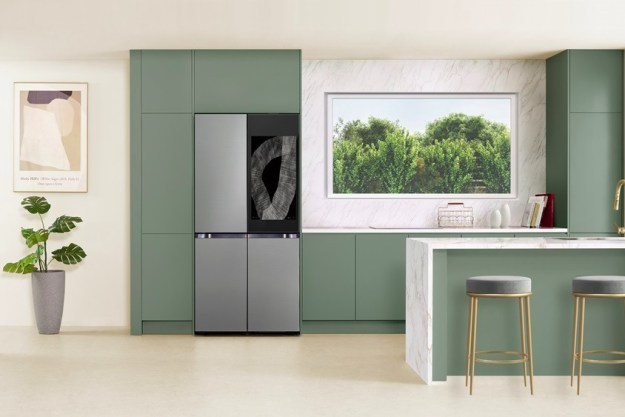
Akman Aydin’s system uses an EEG cap that can detect a specific brain pattern, known as P300, that appears when a person intends to do something. The cap works in conjunction with a display that shows pictures of items, such as a TV or phone, which a person might want to use. When the person sees the image they want, the brain will send out a P300 wave that is detected by the EEG cap. This signal then can trigger the smart home appliance and be used to turn on the TV, prepare the phone to dial, and more.
Five volunteers tested the system, which had 49 different commands. It took up to five flashes of an image for the system to detect the P300 wave and choose the correct image, but when it did choose, the system was correct 95 percent of the time. For two volunteers, the system chose the correct image 100 percent of the time. All volunteers were able to control a phone, light, TV and heater. “They could choose a film and change the volume,” Akman Aydin said.
EEG is only one method of interfacing the brain with smart home appliances. Takeshi Ogawa at the Advanced Telecommunication Research Institute in Kyoto, Japan is working on a system that uses functional near-infrared spectroscopy to detect changes in the blood of the brain. In this system, volunteers were required to raise their arm to select an action, and the system would detect a change in the blood oxygen levels in response to the movement. Though accurate 80 percent of the time, the system was fairly slow, with a 17-second delay between the movement and a response by the smart home appliance.
Both Akman Aydin’s and Ogawa’s method are still in the early stages of development, but they both portend a future where your brain is seamlessly connected to almost everything in your house. Privacy advocates may shudder at the thought of such a system, but those with movement disabilities have a lot to be excited about.
Editors' Recommendations
- Home Depot’s Hubspace is a great way to start building your smart home
- Echo Hub vs. Echo Show 8: Which is the best option for your smart home?
- The 5 best smart ceiling fans for your home in 2024
- Daisy is an installation and repair company designed for your smart home
- Samsung Ballie is a rolling smart home hub with a built-in projector



